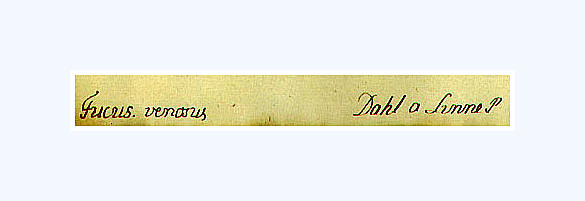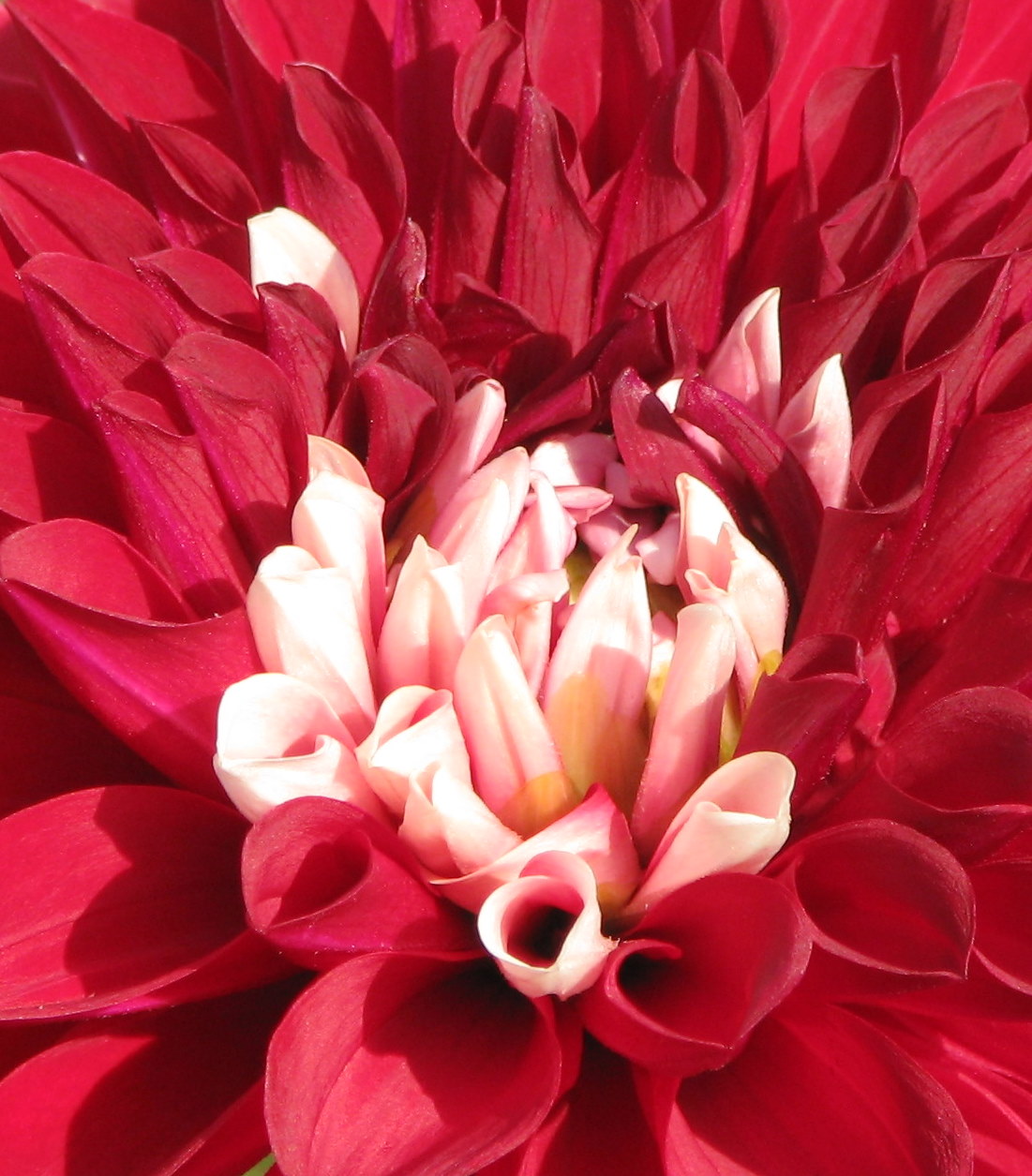1. Early Life and Education
Anders Dahl's early life was marked by a strong interest in botany from a young age, leading him to study under Carl Linnaeus at Uppsala University, though his formal education was cut short by family financial difficulties.
1.1. Childhood and Family Background
Anders Dahl was born on March 17, 1751, in Varnhem, Sweden. His birth year was 1751, when Sweden still used the Julian calendar, which means his birth date would have been 10 days earlier compared to the Gregorian calendar. He was the son of Christoffer Dahl, a preacher, and Johanna Helena Enegren. Although christened "Andreas," he was commonly known as "Anders." He had an older brother, Erik, born in 1749 in Varnhem.
In 1755, his family relocated from Varnhem to the parish of Saleby near Lidköping, where his father became the parish priest. His younger brother, Kristoffer, was born there in 1758. Dahl's mother passed away in 1760. Two years later, his father married Helena Elisabeth Kolmodin, the daughter of the poet Olof Kolmodin, and a half-brother, Olof Kolmodin Dahl, was born in 1766. After his stepmother's death in 1768, his father married for a third time in 1770 to Anna Christina Svinhufvud. Christoffer Dahl died a year later in 1771.
1.2. Early Interest in Botany and Education
From an early age, Dahl displayed a keen interest in botany. In 1760, when Dahl was nine years old, Anders Tidström, a disciple of Carl Linnaeus, noted Dahl's passion for botany and his plant collection during his journey through Västergötland. Dahl had received these plants from his uncle, Anders Silvius, a chemist in Skara.
In 1761, Dahl began his schooling in Skara, where he connected with several schoolmates who shared his enthusiasm for natural science. On December 13, 1769, Dahl, along with the parish priest and naturalist Clas Bjerkander, entomologist Leonard Gyllenhaal, chemist Johan Afzelius, Daniel Erik Næzén, and Olof Knös, co-founded "The Swedish Topographic Society in Skara." This society focused on documenting plant and animal life, geography, topography, historical monuments, and economic life, primarily within the Västergötland region. During this period, Dahl authored several essays on these subjects, though most remained unpublished.
On April 3, 1770, Dahl enrolled at Uppsala University, becoming one of Linnaeus's esteemed students. However, following his father's death in 1771, Dahl's family faced significant financial difficulties, compelling him to leave the university and prematurely end his formal education. Despite this, he successfully passed a preliminary candidate exam for medicine, equivalent to a bachelor's degree, on May 1, 1776.
2. Life as a Naturalist
After his studies, Anders Dahl embarked on a distinguished career as a naturalist, serving as a curator for a prominent private collection and later holding academic appointments, which involved extensive travel and research.
2.1. Work with Clas Alströmer
Upon a recommendation from Carl Linnaeus, Anders Dahl was appointed as a curator at the private natural museum and botanical garden of Clas Alströmer, another devoted disciple of Linnaeus. This institution was located at Kristinedal in Gamlestaden, just outside Gothenburg. Dahl's responsibilities included undertaking several journeys both within Sweden and abroad to collect natural history specimens for both Alströmer and his own collection. During this period, Alströmer received numerous plants directly from Linnaeus, providing Dahl with the invaluable opportunity to examine the extensive Linnean collection, which is now housed within the collections of the Swedish Museum of Natural History in Stockholm.

In 1781, Alströmer financially supported Carl Linnaeus the Younger's journey to England. Following the Younger Linnaeus's death in 1783, Carl Linnaeus sent Alströmer the herbarium parvum, a collection comprising duplicate specimens from Linnaeus's personal herbarium and plants collected by his son. Dahl meticulously catalogued every specimen in this herbarium in his own handwriting, carefully noting whether each came from "a Linné P." (Linnaeus the Father) or "a Linné f." (Linnaeus the Son). It is also evident that Dahl himself received specimens, as some are labeled "Dahl a Linné P." or "Dahl a Linné f." Upon Alströmer's death in 1794, this significant herbarium was bequeathed to the Royal Swedish Academy of Sciences and subsequently transferred to the Swedish Museum of Natural History. The specimens that Dahl and Alströmer received from Linnaeus and his son are now part of the Linnean herbarium in Stockholm. When Alströmer faced financial setbacks in 1785 and relocated to his estate at Gåsevadsholm, outside Kungsbacka, Dahl continued to work for him and followed him there.
2.2. Academic Appointments and Travels
In 1786, the University of Kiel in Kiel, Germany, conferred an honorary Doctor of Medicine degree upon Anders Dahl. The following year, in 1787, he was appointed as an associate professor at the Academy of Åbo in Turku (now part of the University of Helsinki). In this role, he taught both medicine and botany. Dahl brought his personal herbarium with him to Turku, but unfortunately, it was later destroyed in the historic Turku fire of 1827. Nevertheless, some parts of Dahl's valuable collections have been preserved in Sahlberg's herbarium at the Botanical Museum of the University of Helsinki, and in Giseke's herbarium at the Royal Botanic Garden Edinburgh.
3. Publications
Anders Dahl's extensive inventories of flora around Skara and Saleby, along with some of the papers he authored as a student in Skara and at Uppsala University, are preserved in the Olof Knös Collection at the county library of Skara. This collection notably includes the minutes of "The Swedish Topographic Society in Skara," which contain several of Dahl's contributions. Inspired by his mentor Linnaeus, Dahl compiled a Horologium Florae, or "flower-clock" of Skara, which was posthumously published in Ny Journal uti Hushållningen in May-June 1790. Olof Knös, who maintained the minute-book of the society, is widely presumed to have been the publisher of this article. Additional papers written by Dahl are also found within Johan Abraham Gyllenhaal's collections at the Uppsala university library.
On January 3, 1777, an excerpt from an anonymous letter was published in Inrikes Tidningar. This letter described a visit to "Himmels-Källan" in Varnhem in July 1776, detailing the quality of the spring and listing 58 species from the surrounding swamp. Given Dahl's frequent visits to Varnhem and his friend Jonas Odhner, it is widely believed that this letter was penned by him.
During his tenure in Gothenburg, Dahl's sole publication was the outcome of what is considered one of the earliest environmental-impact studies. This study addressed the significant problem of waste from herring oil manufacturing, which caused severe water pollution and led to the death of sea bed organisms. Dahl was one of three members of a commission tasked with investigating this issue and drafting regulations concerning waste products from the try houses. This document marked a crucial historical step towards the restriction of industrial waste in Sweden. Dahl's diary entries on the dredging activities in the Bohuslän archipelago were subsequently published in Stockholm's Trangrum-Acten in 1784.
During his brief period in Turku, Dahl published his most significant work: Observationes botanicae circa systema vegetabilium divi a Linne Gottingae 1784 editum, quibus accedit justae in manes Linneanos pietatis specimen (Copenhagen, 1787).
4. Legacy and Eponymy
Anders Dahl's enduring legacy is primarily marked by the naming of the popular flower genus Dahlia in his honor, alongside other botanical tributes from his contemporaries and later botanists.
4.1. Naming of Dahlia
The attribution of the name Dahlia to Anders Dahl has historically been a source of confusion. Many sources incorrectly state that Carl Linnaeus bestowed the name. However, Linnaeus died in 1778, more than eleven years before the plant was first introduced to Europe. Therefore, he could not have been the one to honor his former student in this manner. It is most probable that the first scientific definition of the genus was carried out by Abbe Antonio Jose Cavanilles, the Director of the Royal Gardens of Madrid. Cavanilles received the initial specimens of the plant from Mexico in 1791, two years after Dahl's death, and subsequently named the genus in his honor.

4.2. Other Botanical Honors
Anders Dahl was also honored in the 1780s by his friend Carl Peter Thunberg, a botanist from Uppsala University. Thunberg named a species from the family Hamamelidaceae after him, calling it Dahlia crinita. The specific epithet crinita, which is Latin for "longhaired," was likely a reference to Dahl's appearance, possibly his large beard. Thunberg formally published this name in 1792. However, the plant has since been reclassified and is now known as Trichocladus crinitus (Thunb.) Pers.. Thunberg's original specimen of this plant is preserved in the Swedish Museum of Natural History.
Furthermore, in 1994, botanists Constance and Breedlove honored Dahl by naming a genus of plant from New Mexico, Dahliaphyllum, after him, along with its sole species Dahliaphyllum almedae.
5. Death
Anders Dahl died in Turku on May 25, 1789, at the age of 38.